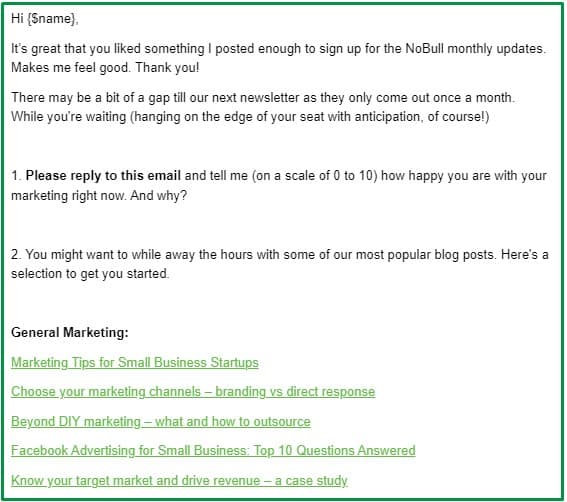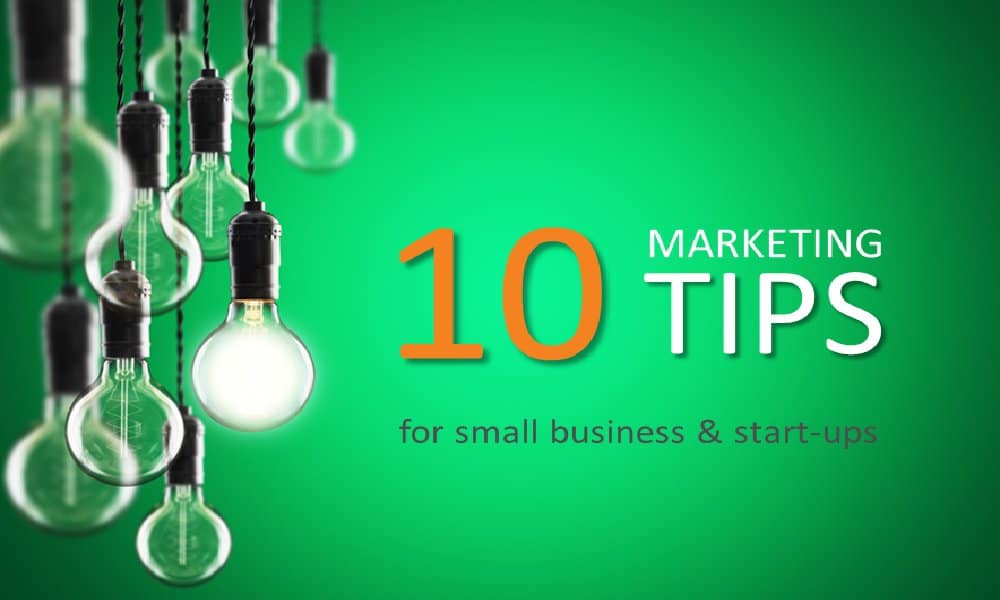Think back to the very first piece of marketing content you created. Whether it was a brochure or a website, the creation process was probably time consuming and exhausting! Now you need blogs, videos, social media posts, ebooks, even leaflets. It all takes time, but some clever content recycling can help.
What do I mean by content recycling?
Think about The Lord of the Rings.

- Back when Tolkien first wrote it, it was a book.
- When I was a kid, we had a recorded audio version. (Records, it was before audiobooks online!)
- There was also a (not very well received) cartoon movie version.
- Then Peter Jackson came along and made three LOTR movies.
- And now they’re making a TV series too…
That’s content recycling. Same story, same ideas, retold in different formats for different but overlapping audiences.
It’s far easier than having to start again from nothing every single time.
There’s also the concept of content extension – consider the Marvel universe, or whatever number of the Fast and the Furious we’re up to now.
Top tip
It’s obvious but it’s worth saying:
Content recycling only works for stuff which is popular already.
Keep an eye on your analytics, see which content is working, then think about how best to re-use that.
How do you go about re-using content?
There are many ways you can re-use and repurpose content. Here are some ideas.
Change the kind of media
Written content. Audio. (Great for when people are travelling or running.) Video. (Remember to add subtitles.) Images. (Not just photos. Memes. Charts. Diagrams. Infographics.)

Different people respond to different kinds of media. Using the same core idea for blog posts, social media videos and podcasts is a great way to reach more people.
Recycle the same content in different channels
The obvious example here is when you roll out the same social media post to different platforms. Yes, in an ideal world, you might tweak for the different audiences, but if you’re short of time, it’s better to go out to all your potential audiences with the same content than to ignore some totally.
Another common example is infographics. These often get shared and reposted. You can provide code for easy embedding to encourage this. You can also try adding your infographic to specialist sites to get more exposure.
What about recycling your blog posts as articles on LinkedIn?
A word of warning about written content on the web, though. Google doesn’t really like seeing exactly the same words in two different places. It thinks someone is cheating by copying. So if you are doing this:
- Post on your site first and wait a few days before posting anywhere else. This give Google a chance to see the content on your site first.
- Consider adding a link in other places. (“Originally published at yourdomain.com/url”) to help Google know which content is the ‘original’ content.
- Consider rewriting or adapting
That final point brings us on nicely to the third and probably most common way content is recycled
Use parts of the content or alternative versions of the same story
Blowing our own trumpet, but our voice-to-blog service is a great example of this.
For every blog post we create for you, we also create social media promoting the post. We use the main topic or a key idea from the post as a teaser. So those social media posts are essentially content from the blog re-purposed to promote the blog. That simple.
Another common option is to repurpose blog content for email marketing to your own list. It’s very easy to use your latest blogs for a newsletter – another option we offer clients.
To be really clever, take that idea a step further and use content from key posts (or case studies, or other pages on your website) in email nurture or automation sequences. Now people don’t just see it once after you publish it, but people who are interested in a specific topic get a link to the relevant content just when it matters for them.

One more suggestion for this section – you can have both a blog and a case study about the same client success story. The blog tends to be more immediate and sometimes less structured. The case study is often less urgent, so invest some effort to create a quality case study. And once you have it, don’t just keep it on your website!
- Make some printed copies. Client success is far more effective than a simple brochure!
- If you submit formal proposals, consider adding a relevant case study as an addendum.
Make content collections
Another way of re-purposing is to collate some related blog posts together and make an e-book. We’ve done a few blogs recently for our client Streamlined Organising, all about getting started with your new VA. That’s ideal information to package up as an ebook for anyone who’s thinking about using a VA. And it’s much more convenient to have it all in one ebook than to bookmark multiple pages and jump between them!
Refresh popular but outdated information
If something’s popular for more than a brief moment, it’s probably good content. But it can still get out of date. When you review your popular posts or pages, see if anything needs refreshing. One example from us is our list of online Australian business directories. There are always people who need this for their new business or website. The list is always changing a little. So we’re now in the habit of updating it once a year.
One final thing to remember about your content recycling
The whole aim of this exercise is to promote stuff your potential clients find interesting. Then you want them to visit your site, subscribe to your updates or even contact you with an enquiry.
For any of those things to happen, you need a call to action. Make sure you include one.
It could be a link to a blog. A link to a service page. A downloadable resource. An enquiry form. But whatever content you are promoting, make sure you include that call to action!
Happy recycling!
(And if you need help with a content plan – for recycled content or all content – the first session is free. I’d love to talk over some ideas with you.)





